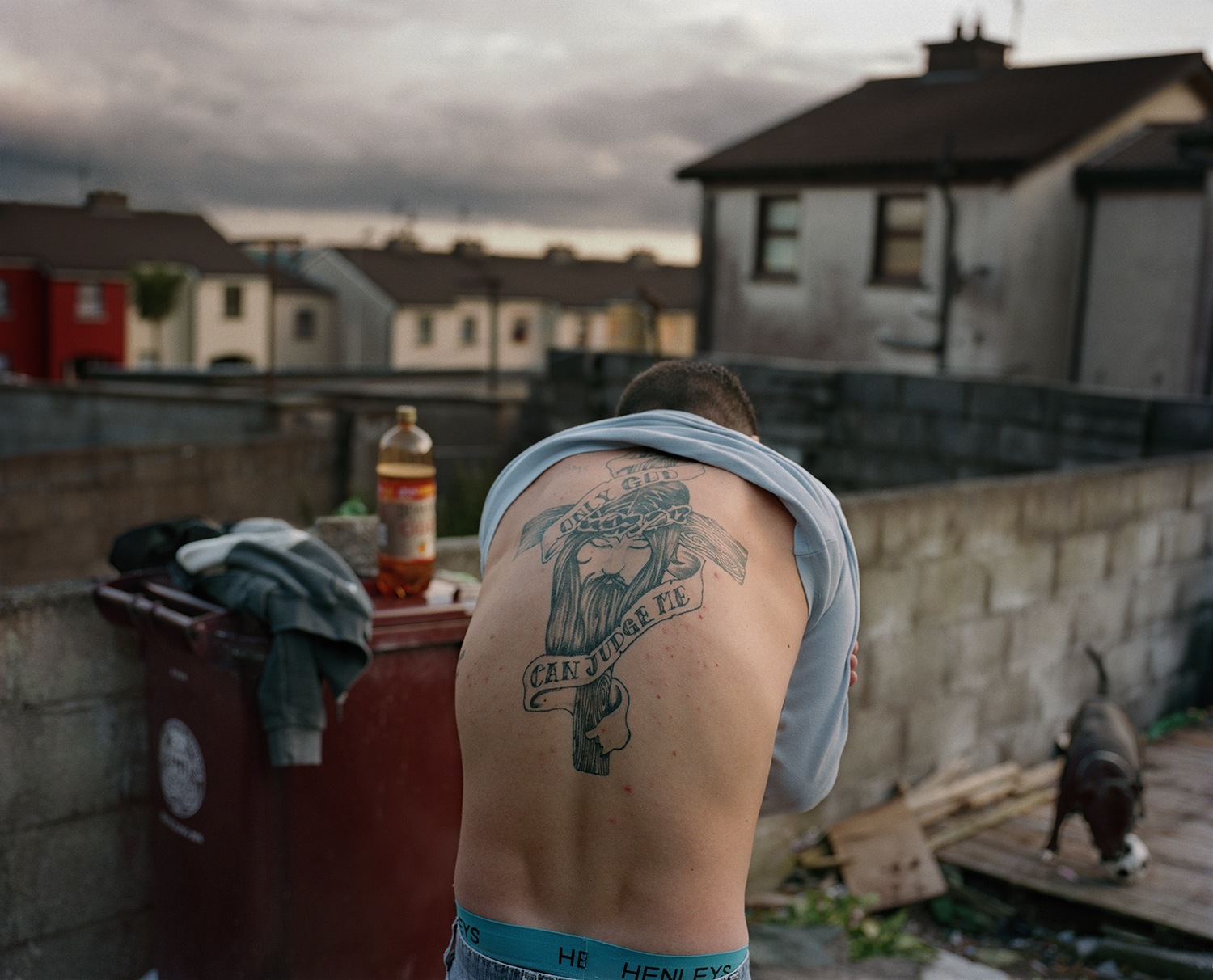Whether it’s Catcher in the Rye or The Virgin Suicides, every generation claims its place in the coming-of-age canon, marks its moments on the teenage threshold. In America, ours often feature football fields and prom queens, but in the rest of the world, things look a little different.
Six years ago, when the Irish economy bubble burst, American photographer Doug DuBois was invited to complete a month-long residency at the Sirius Arts Centre, located in a small town called Cobh on Ireland’s southwest. Doug first attempted to shoot a series relating to the crash, but the wounded community wasn’t responding. “Ireland had all these construction projects, all these houses that were either empty or stopped in the middle of work,” he explained. “I tried to make portraits of the last thing local contractors had built, but I was getting nowhere. And rightly so–it was a pretty raw moment. Given the economy, everybody was on edge.”
Two weeks in and with no work to show for it, Doug was ready to head home. But before arriving, he asked the Centre’s director to arrange a photography workshop that would connect him to the community. He ended up with about eight or so kids, some of whom had dropped out of high school to secure a job. “I asked the group ‘Could you just take me to your neighborhoods, where you guys hang out?'” A couple, Eirn and Kevin, agreed.
Over the next five years, Doug returned to Cobh each summer to shoot portraits of the community’s youth, collecting the images in a forthcoming book, My Last Day at Seventeen. Tapping illustrator Patrick Lynch to contribute a graphic novel component, the work is a deeply moving blend of fact and fiction documenting the last days of life as they knew it.
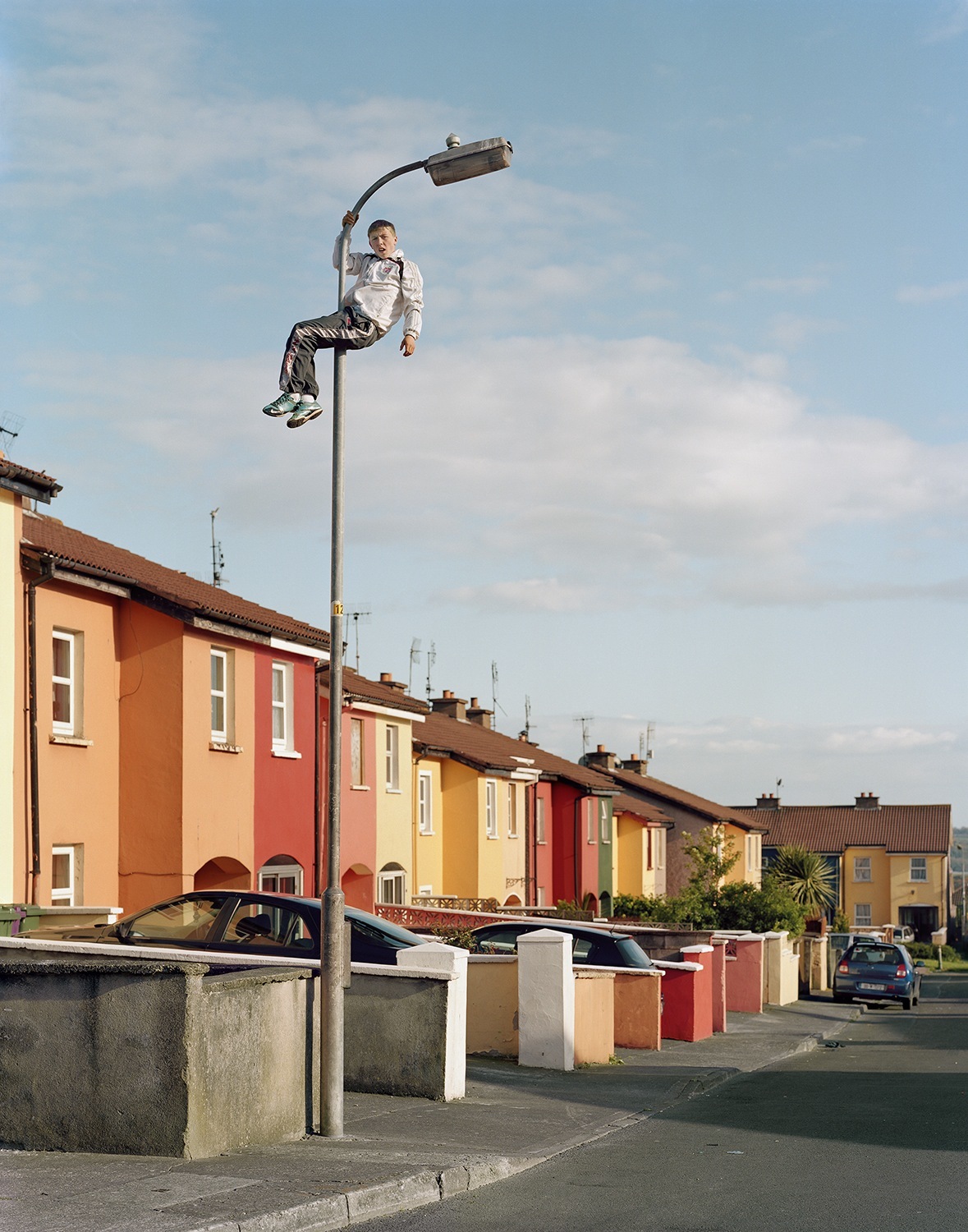
Tell us about your first experience shooting the kids.
Kevin and Eirn, a couple in my workshop, told me they’d bring me to a place called “the steps,” which ended up being a spot where about fifteen 15-year-olds were getting drunk. Even though it was about 9 or 10 at night, the light really lingers in the summer. I didn’t want to photograph the actual drinking, because that plays into a hurtful stereotype, so I just grabbed this one kid, Lenny, and said, ‘Lenny, I’m going to make a close up picture of you so I want you to stand really still and just look in my camera. Will you do that?’ And he was kind of drunk enough to be all: ‘Yeah, okay.’ I got one, maybe two frames before all hell broke loose. Beer cans flying, people spitting on me, just going crazy. Kevin said, ‘we’ve gotta get out of here,’ so that was the end of that.
I shoot film, so I didn’t see these pictures until I left Ireland, but that one shot of Lenny became a touchstone for the project. I wanted to explore that bravado, that moment where you’re at the threshold of adulthood.
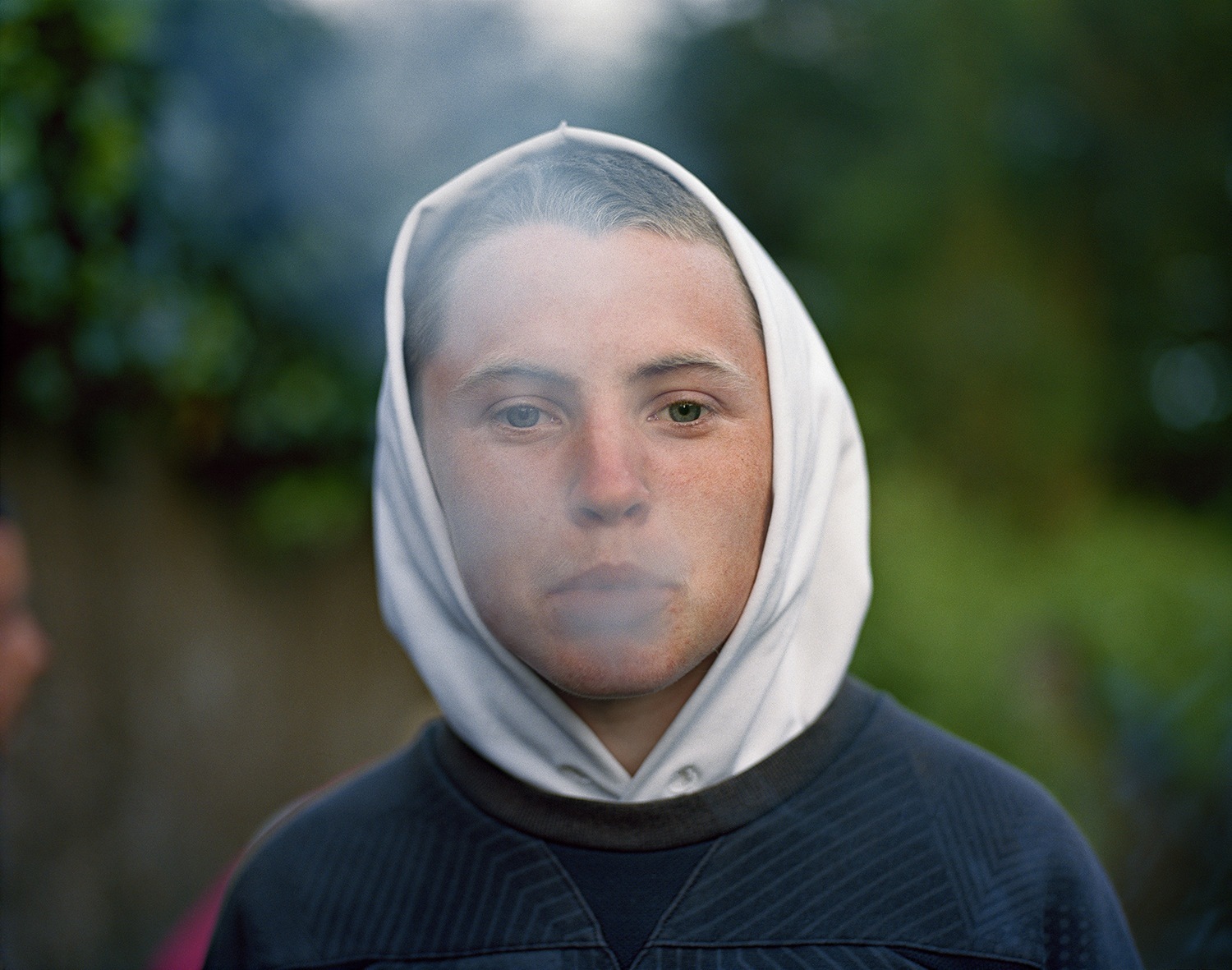
How did the project expand?
I got to know Kevin’s neighborhood, a working class housing estate called Russell Heights. It’s quite a real neighborhood: a little bit insular, but people watch out for each other. I didn’t know anyone other than Kevin and Eirn, so my first two weeks there were really rough. People were calling the cops on me, driving by and screaming, ‘You fucking perv, get the fuck out of here, what the fuck are you doing?’ But that slowly changed.
Two weeks in when nothing was happening with the contractors, I was ready to leave. Two weeks before I had to, I was asking Kevin and Eirn if I could come back the next year. They were so gracious and really opened up everything; I never could have done the project without their support. And the neighborhood kids began to expect me every summer—it became a ritual, part of their lives.
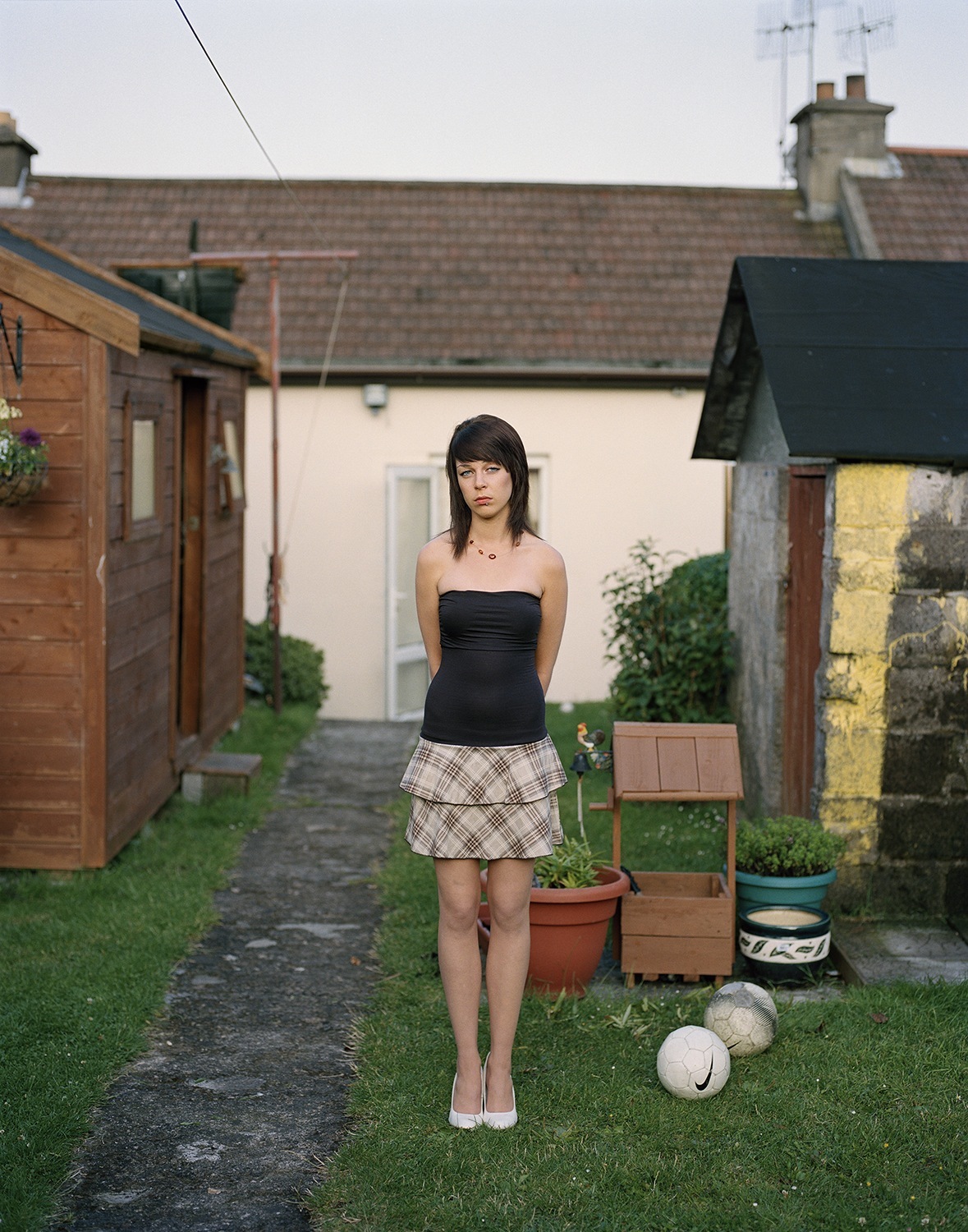
What are some issues these kids deal with at seventeen?
The very first summer I was there, I photographed Eirn in a party dress on the eve of her 18th birthday. She blurted out ‘This is my last day at 17,’ and while I recognized that significance, that right of passage happens at various times in our lives, it could be at 12 or 40. It’s that loss of innocence when you leave childhood behind and realize your place in the world is now different. You can’t be the way you used to be and it’s not wide open. You still remember what it is to be a child because you’re still doing it: still doing it: you have a lot of energy, but you know you’ve gotta get your act together. Those kinds of things occur everywhere across all economic classes, it’s not unique to Ireland. But the way it happens in Ireland is uniquely Irish.
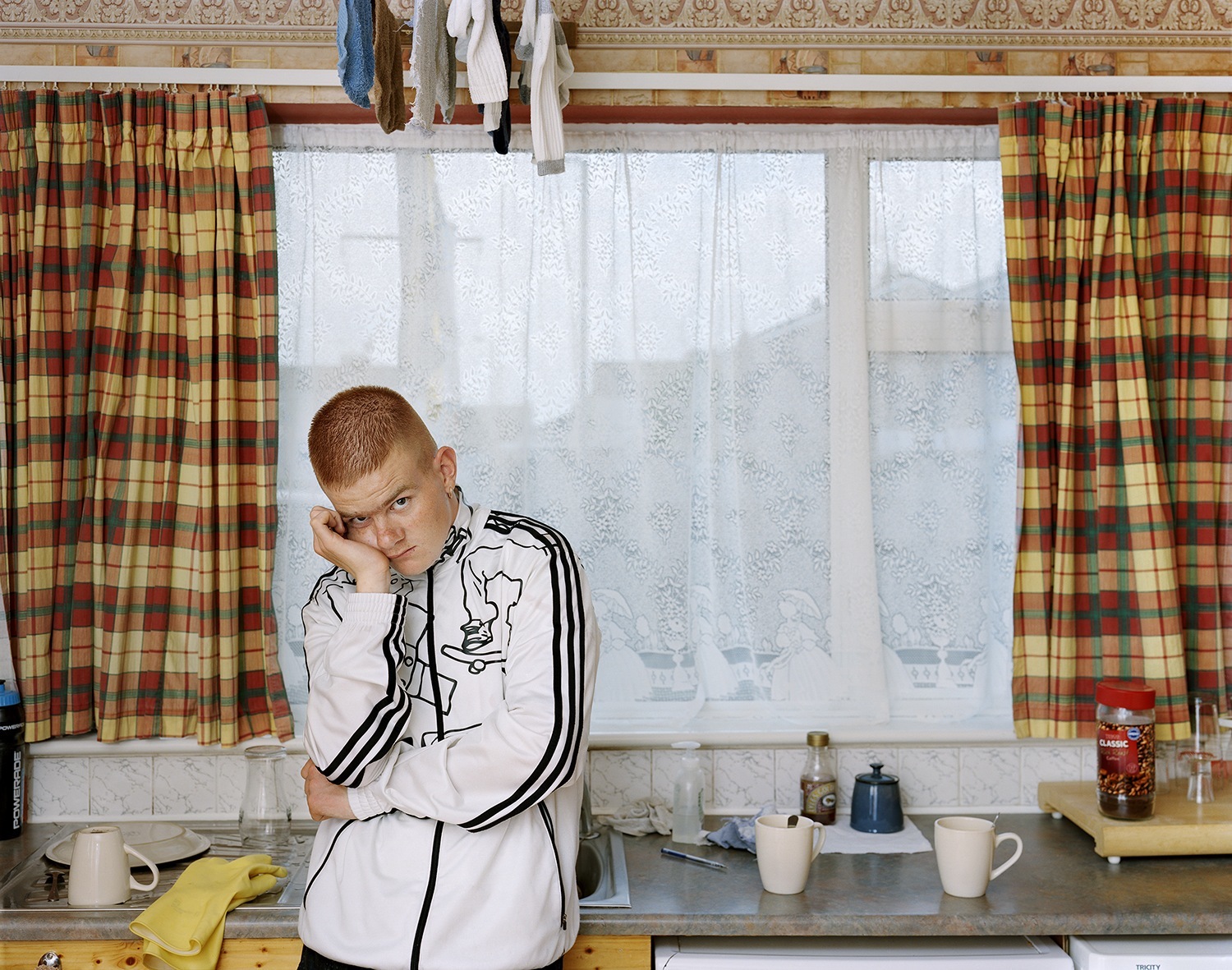
What were some of the biggest cultural changes you saw over the five years?
The older kids grew up in a bubble economy. There was work everywhere in Ireland; they were even importing immigrant workers because the country had so many construction opportunities. When that bottomed out, they faced a situation that unfortunately has been a lot more typical of Ireland: needing to emigrate to find work. That’s something that their parents–especially their grandparents–understood, but that they had to face for the first time. I think they had a wider horizon and bigger expectations when they were younger, but it shrunk again. And that was palpable.
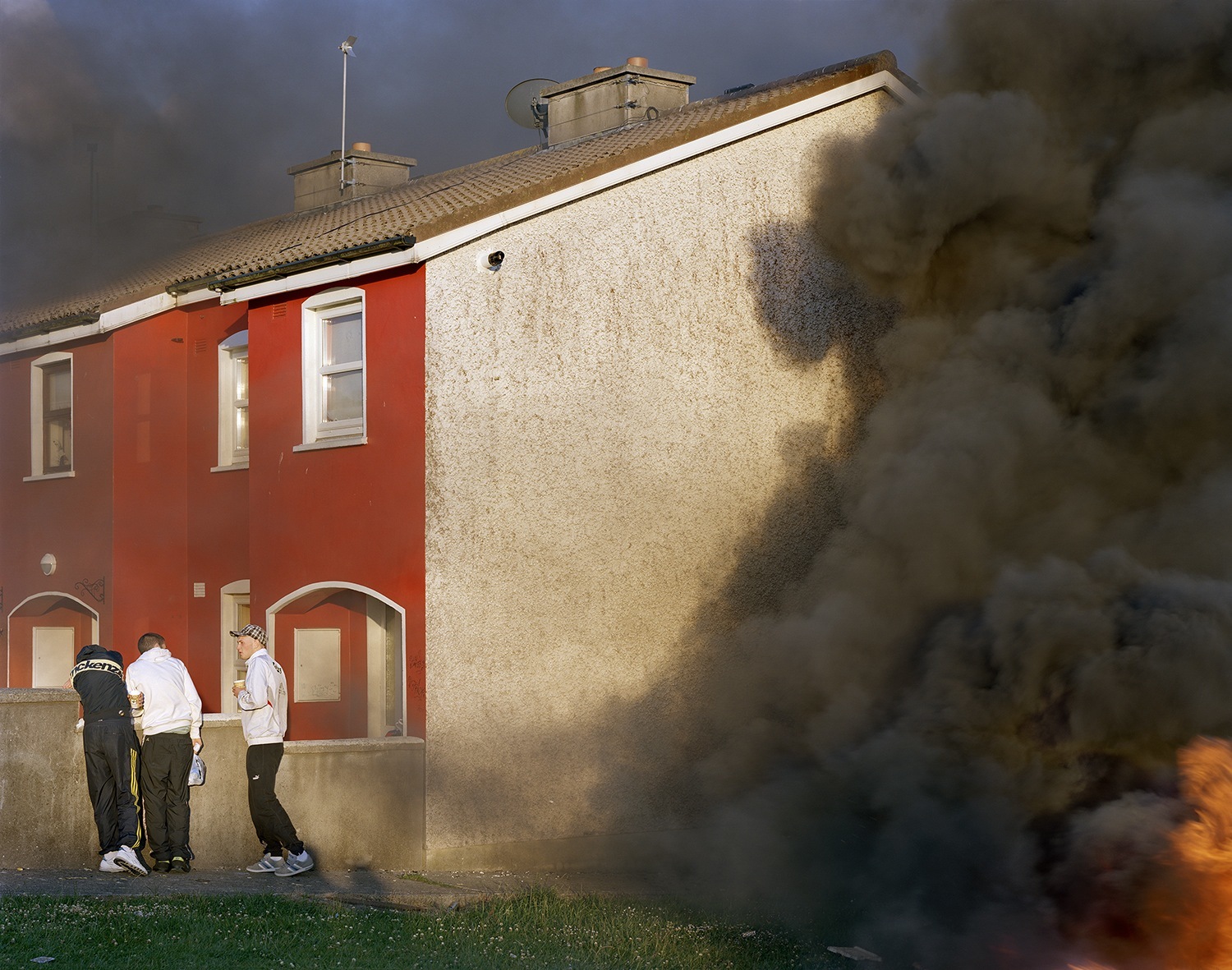
Tell us more about the graphic novel component.
Initially, I wanted to commission a very short story by an Irish writer, but the publisher suggested we do a graphic novel instead. I found Paddy, whose work has a deep emotional resonance about being young in Dublin. We met in Russell Heights and brought a maquette of the book and an audio recorder. I’d give the draft to someone and recorded what they said while looking at it. The comic is based on these stories collected in the neighborhood. Parts are invented, but it’s all rooted in reality. The comic is about what it means to grow up; it’s a way to tell that story with another kind of language.
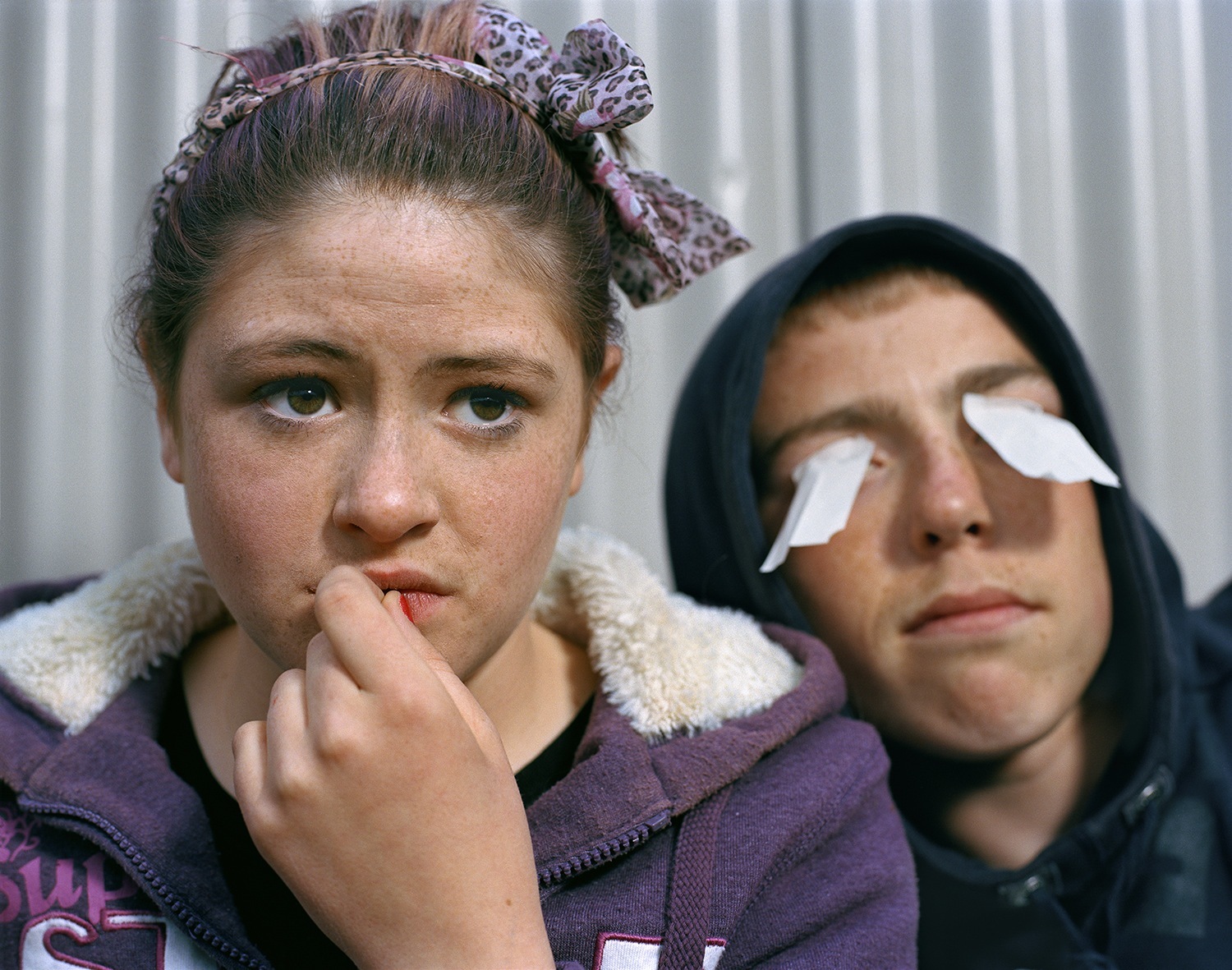
What do you hope people take away from this book?
Coming of age stories are so popular because we all go through it. Even if it’s different generations, we still respond to similar emotions and we remember what it felt like. Hopefully, this feels emotionally true and people will relate to it–think about their own youth again.
My Last Day at Seventeen is available here.
Credits
Text Emily Manning
Photography Doug Dubois, all images © Doug DuBois
